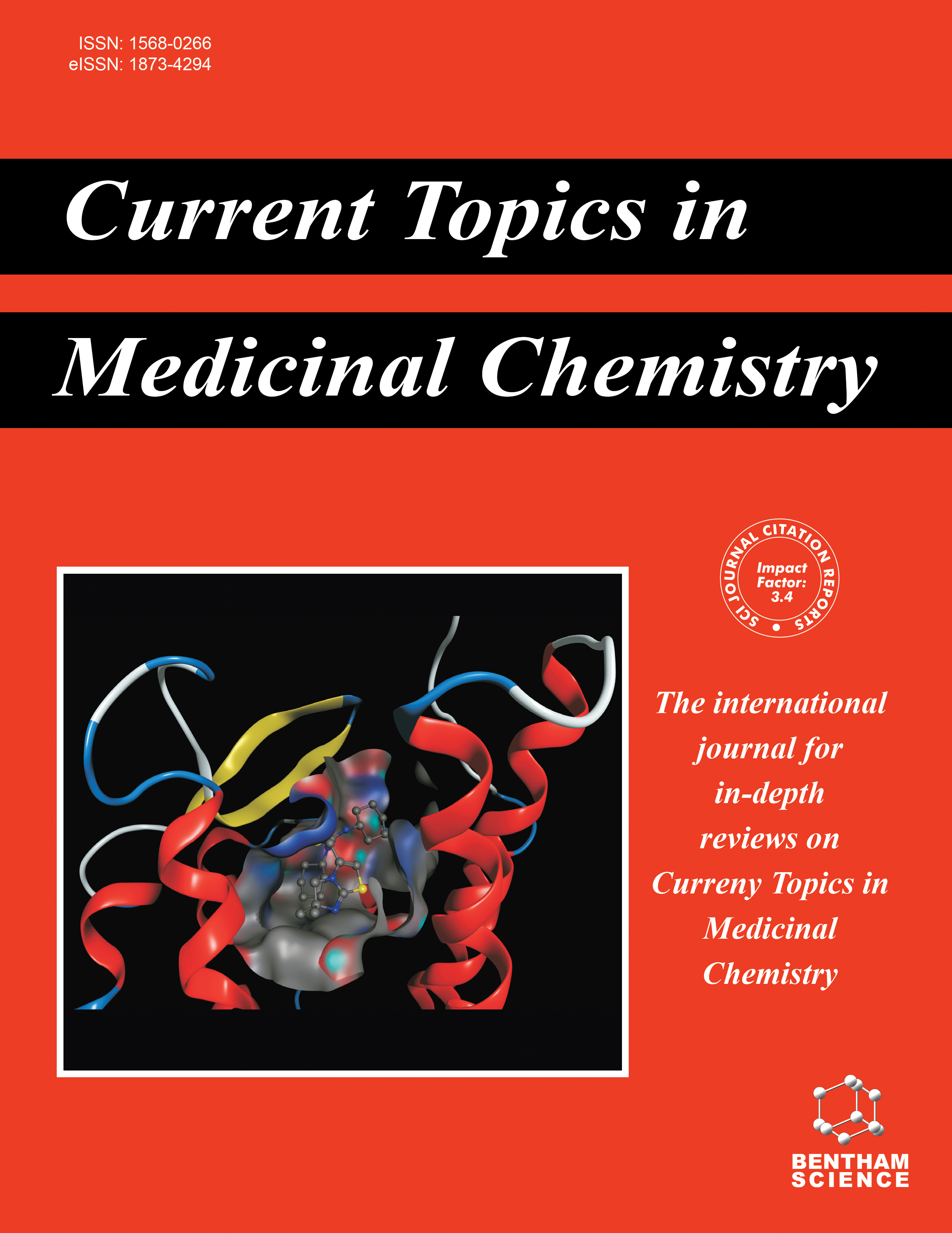-
oa Editorial [Hot topic: The Medicinal Chemistry of Targeted Tumor Imaging (I) (Guest Editor: Xiaoyuan (Shawn) Chen)]
- Source: Current Topics in Medicinal Chemistry, Volume 10, Issue 11, Aug 2010, p. 1046 - 1047
-
- 01 Aug 2010
Abstract
Molecular imaging is a recently emerged multidisciplinary field that spans from chemistry, biology, pharmacology, and medicine. The beauty of molecular imaging is its ability to visualize and quantify cellular and molecular event at real-time in a non-invasive manner, which has profoundly changed the way we perform biological and medical research. Molecular imaging has numerous potential applications to the diagnosis of diseases such as cancer, and neurological and cardiovascular diseases. This technique also contributes to improving the treatment of these disorders by optimizing the pre-clinical and clinical tests of new medication. They are also expected to have a major economic impact due to earlier and more precise diagnosis. Molecular imaging differs from traditional imaging in that probes known as biomarkers are used to help image particular targets or pathways. Biomarkers interact chemically with their surroundings and in turn alter the image according to molecular changes occurring within the area of interest. This process is markedly different from previous methods of imaging which primarily imaged differences in qualities such as volume, density or water content. This ability to image fine molecular changes opens up an incredible number of exciting possibilities for medical application, including early detection and treatment of disease and basic pharmaceutical development. This issue (volume 10, number 11) and the next issue (volume 10, number 12) of Current Topics in Medicinal Chemistry, dedicated to “The Medicinal Chemistry of Targeted Tumor Imaging,” are aimed at describing and highlighting the state-of-theart of current research and development in the field of molecular imaging probe development. In this issue a total 5 review articles covering the chemistry of positron emission tomography (PET), single-photon emission computed tomography (SPECT), and activatable optical fluorescence imaging. The remaining 7 review articles on other topics related to the chemistry of targeted tumor imaging will be included in the next issue. Orit Jacobson et al. start this issue with a review of fluorine-18 chemistry. 18F (t1/2 = 109.8 min) is one of the most commonly used PET isotopes for labeling small organic molecules and bioactive peptides/proteins and subsequent PET imaging in rodents and human beings. 18F can be directly coupled to molecules via nucleophilic or electrophilic substitution. For biomolecules that cannot tolerate harsh chemical reaction conditions, the labeling is typically done by coupling 18F-labeled prosthetic groups with the desired biomolecule, mostly through amino- or thiol-reactive groups via acylation, alkylation, amidation, imidation, oxime or hydrazone formations. Some recent new attempts to label biomolecules in a single-step were also discussed. The second review by Zhude Tu et al. focused on carbon-11 chemistry. 11C (t1/2 = 20 min) is another common PET isotope for labeling organic molecules that have rapid pharmacokinetics. One of the major advantages of 11C as compared to other PET isotopes is that radiotracers allow a “hot-for-cold” substitution of biologically active molecules. The short half-life of 11C creates special challenges for the synthesis of 11C-labeled tracers. This review described the N, O, and S-alkylations of [11C]methyl iodide/[11C]methyl triflate and analogues of [11C]methyl iodide and their applications for making 11C tracers. Some recent advances in exploring a transmetallic complex mediated [11C]carbonyl reaction for oncologic targets were also presented. The third review article by Guiyang Hao et al. summarized the chemistry of non-standard PET radionuclides, including 70/71/72/74As, 75/76/77Br, 55Co, 60/61/62/64Cu, 68Ga, 124I, 86Y, 82Rb, 94mTc, and 89Zr. Different from 15O, 13N, 11C, and 18F, the nonstandard PET isotopes are characterized by half-lives ranging from seconds to days, emitting high energy positrons and cascade of gamma rays. The unique features of their production, radiochemical procedures, and applications were described in details. The main drawbacks of each nuclide were also discussed along with special considerations that must be given towards its practical use in PET....


